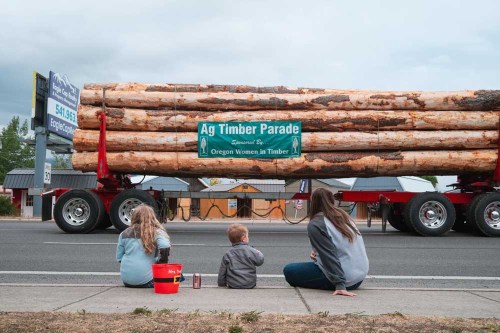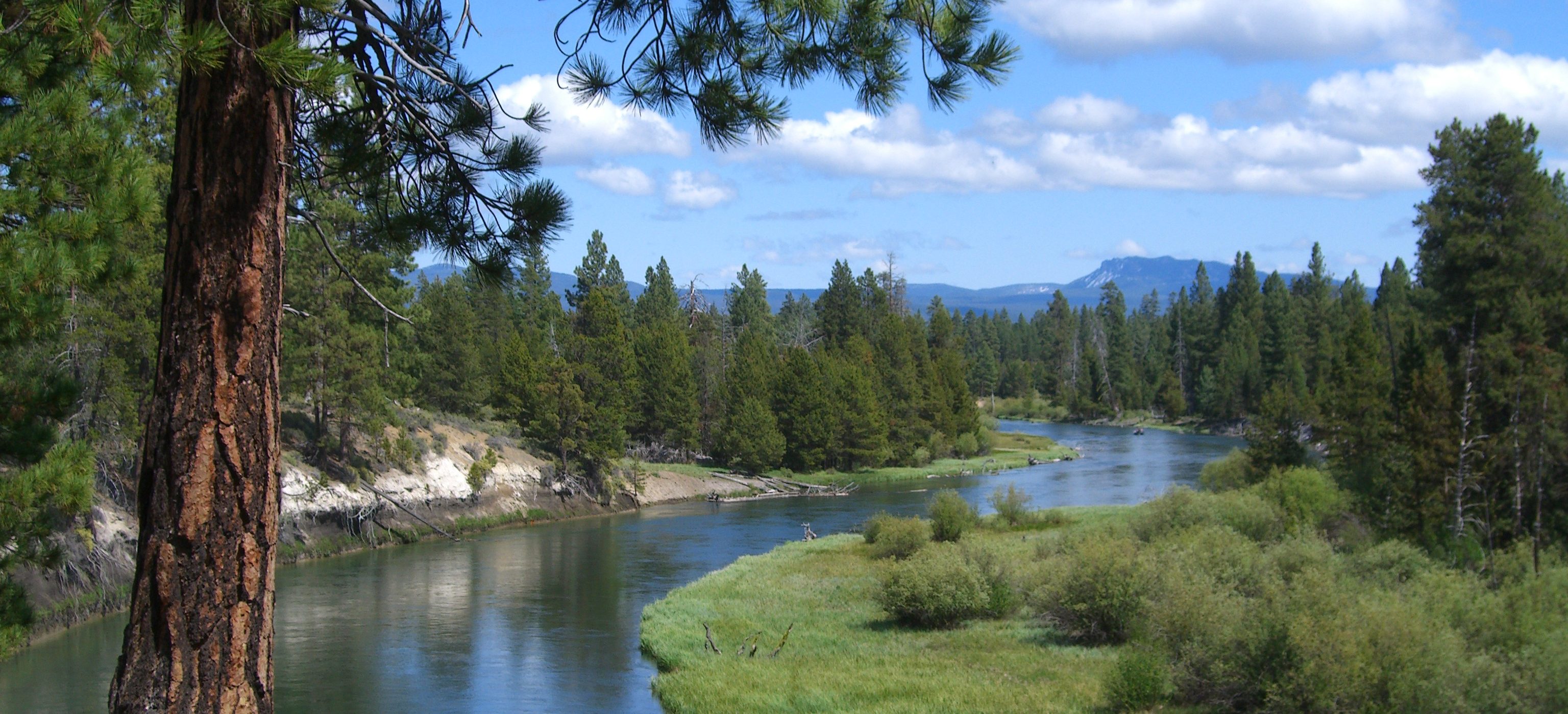Groups file suit seeking to overturn Trump administration decision to allow logging of big trees
Published 5:00 am Thursday, June 16, 2022

- Spectators look May 21, 2021, from Island Avenue in Island City during the Ag-Timber Parade. A timber industry group and coalition of Eastern Oregon counties are attempting to intervene in a lawsuit that would reimpose a total ban on logging certain large trees in six national forests.
PENDLETON — Six conservation groups filed a federal lawsuit Tuesday, June 14, seeking to overturn a decision from the final days of the Trump administration that canceled a rule banning logging of large, live trees on national forests east of the Cascades.
The plaintiffs, who filed the suit in U.S. District Court in Pendleton, contend the decision from January 2021, just before President Donald Trump left office, violates the National Environmental Policy Act and National Forest Management Act.
Trending
“It’s no surprise the Trump administration ignored the science when it pushed this rule change through on its way out the door,” Chris Krupp of WildEarth Guardians of New Mexico, one of the plaintiffs, said in a press release. “Cutting down the remaining big trees harms salmon, steelhead and bull trout by removing shade and forest cover that keeps rivers and streams cool.”
Amy Stuart with the Great Old Broads for Wilderness, a Montana nonprofit that’s also a plaintiff, weighed in as well.
“Large trees play a critical role in supporting biodiversity, clean water and native fish,” she said. “It is important to retain all remaining large trees as they are scarce on the landscape after a century of high-grade timber harvests that targeted large, old trees.”
The other plaintiffs are Greater Hells Canyon Council of La Grande, Oregon Wild, Central Oregon Landwatch and the Sierra Club.
Nuts and bolts of the pleading
Specifically, the plaintiffs argue the federal government should have written an environmental impact statement to consider the potential effects of the decision, and the public should have had more opportunities to comment on and object to the proposal.
Trending
The lawsuit names as defendants Homer Wilkes, undersecretary for natural resources and environment, and Glenn Casamassa, regional forester for the Forest Service’s Region 6, which includes national forests in Oregon and Washington.
The U.S. Forest Service said it doesn’t comment on pending or active lawsuits.
Both the lawsuit and the 2021 decision that prompted the complaint involve what’s known as the “21-inch rule.”
That was one of several provisions that constituted the eastside screens, which date to 1995. The Forest Service instituted the screens in response to concerns from environmental groups about the declining amount of old growth timber on national forests east of the Cascade Mountains in Oregon and Washington.
That includes the Wallowa-Whitman, Umatilla and Malheur national forests in Northeastern Oregon.
The 21-inch rule restricted the cutting of live trees larger than 21 inches in diameter, measured 4.5 feet above the ground, with rare exceptions such as cutting trees that posed a threat to the public such as near a campground.
Plaintiffs seek injunction
Forest Service officials initially proposed in June 2020 to replace the 21-inch rule with a new policy that would apply on the Wallowa-Whitman, Umatilla, Malheur, Ochoco, Deschutes and Fremont-Winema national forests in Oregon.
The official policy change, which affected about 8 million acres of public land, happened Jan. 15, 2021.
In the lawsuit, the plaintiffs contend proposed logging projects on each of the six national forests would take advantage of the end of the 21-inch rule and include logging of larger trees.
The plaintiffs are asking a judge to issue an injunction prohibiting the Forest Service from pursuing those projects. One of those, the Morgan Nesbit project on the Wallowa-Whitman southeast of Joseph, proposes logging trees larger than 21 inches. The project was proposed in December 2020 and a final decision on whether to pursue it is slated for January 2024, according to the lawsuit.
Meriel L. Darzen and Oliver J.H. Stiefel of the Craig Law Center in Portland filed the lawsuit.
The plaintiffs argue the larger trees under the protection of the 21-inch rule “play a critical role in maintaining biodiversity and mitigating climate change.”
“We are facing a climate and biodiversity crisis, but the Forest Service continues to move in exactly the wrong direction,” said Rob Klavins of Wallowa County, public lands advocate for Oregon Wild. “We are asking the Biden administration to take action consistent with its recent executive order and restore bedrock protections for mature and old growth forests on our public land.”
That executive order, dated April 22, aims to “conserve America’s mature and old growth forests on federal lands.”
Forest Service says old rule inhibits land management
When the 21-inch rule was superseded by a new policy in January 2021, Casamassa, the regional forester who is a defendant in the lawsuit, said the change “will help us to better manage forests for wildfires and other disturbances, and to protect old trees that are hard to replace once lost.”
Forest Service officials contended then that removing the 21-inch rule would give the agency more flexibility in managing forests to reduce the risk of wildfires that can kill all ages of trees, including the older, bigger trees the former rule was meant to protect.
The new policy states that forest managers “should retain and generally emphasize recruitment of old trees and large trees, including clumps of old trees.”
The Forest Service defines old trees as those that have “external … characteristics that suggest an age” of 150 years or more.
The agency defines large trees as grand firs or white firs 30 inches or larger in diameter, and other species, including ponderosa pines, tamaracks and Douglas firs, that are 21 inches or more in diameter.









